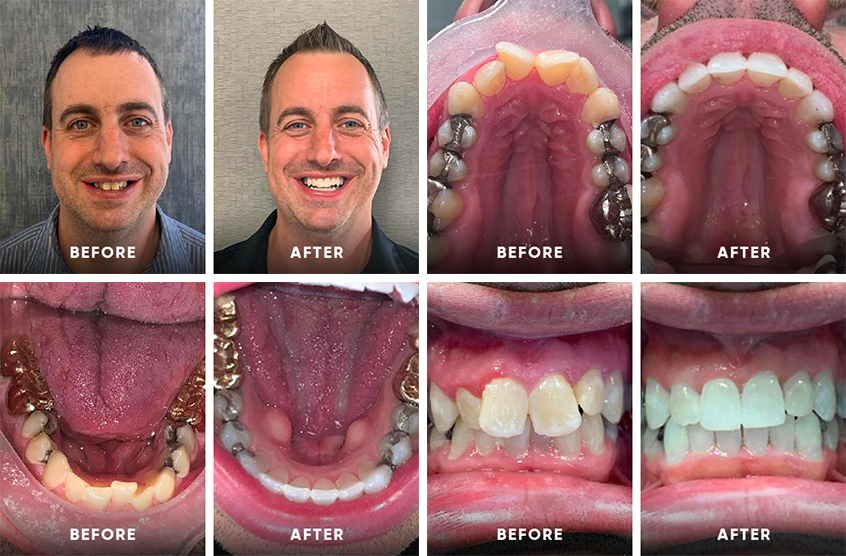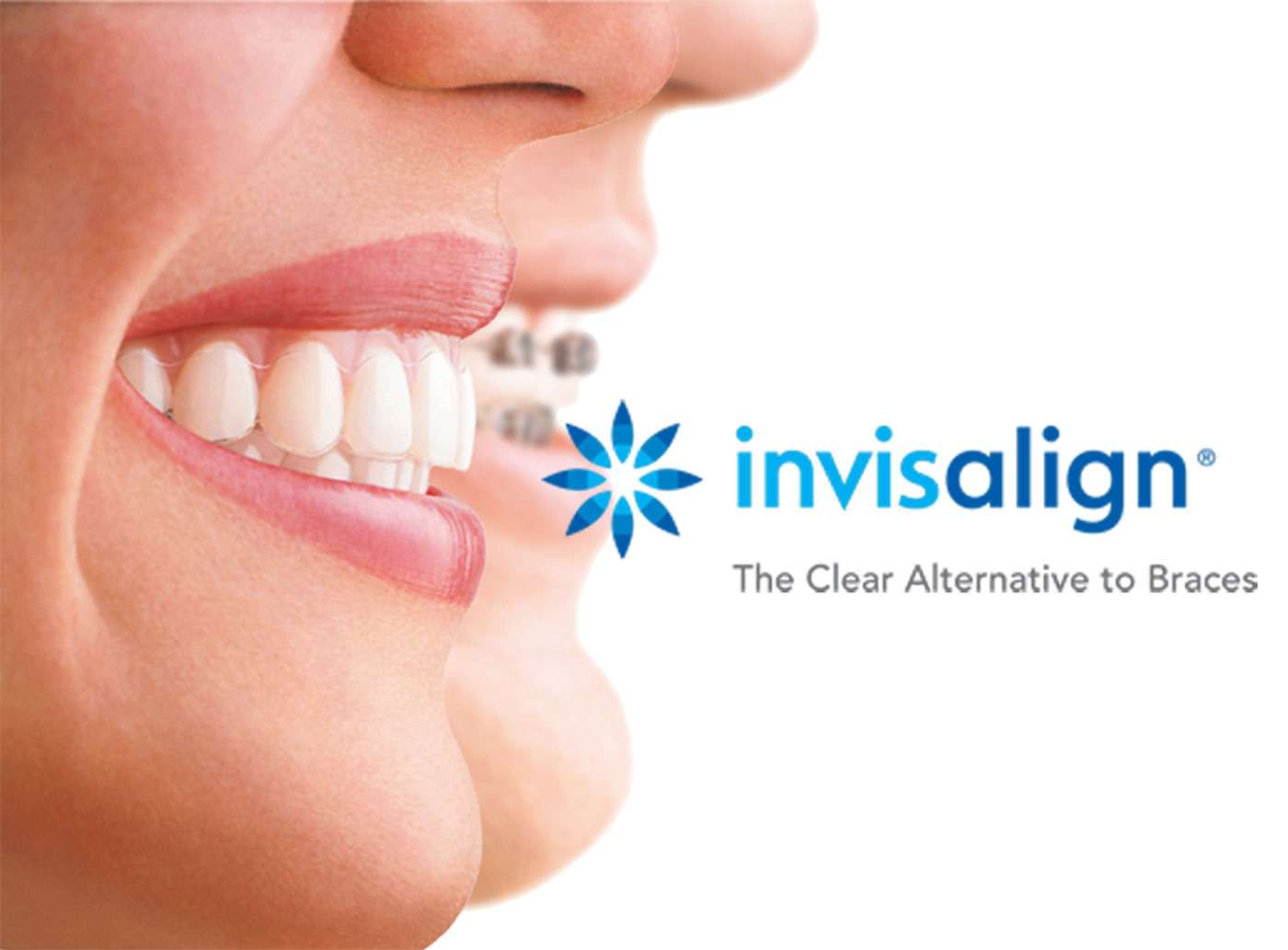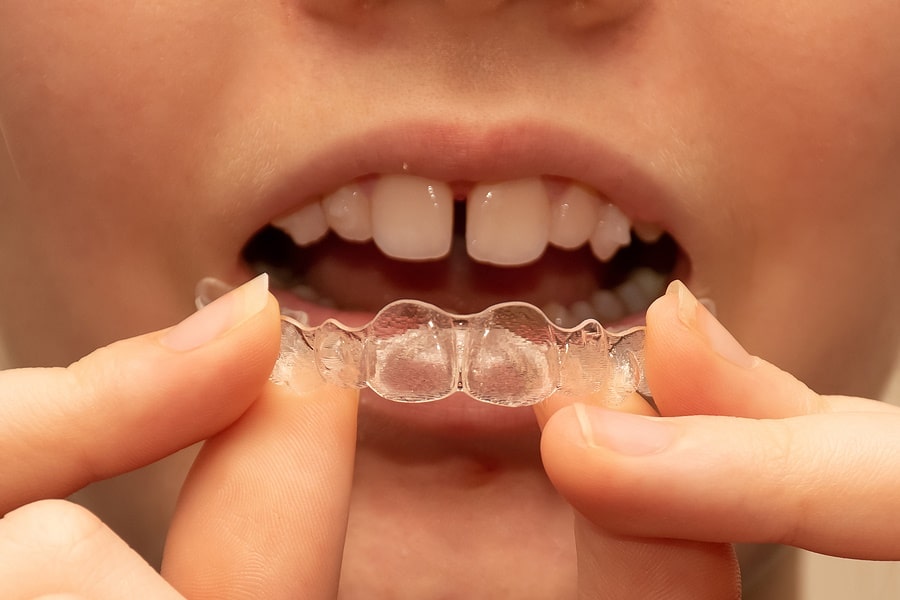Invisalign vs. Typical Braces: Which Option Is Right for You?
When taking into consideration orthodontic therapy, the option between Invisalign and standard dental braces presents several vital factors that warrant cautious examination. Invisalign offers a discreet option with detachable aligners, while traditional braces provide a more visible yet reliable option for serious imbalance.
Summary of Therapy Choices

In contrast, traditional dental braces include steel braces and wires that are adhered to the teeth. This method uses constant stress with time to accomplish alignment. While effective for complicated orthodontic issues, typical dental braces call for regular brows through for modifications and can position challenges in maintaining oral health due to the difficulty of cleaning about cables and brackets.
Both alternatives have their benefits, and the selection usually pivots on certain dental conditions, way of living preferences, and person compliance. Eventually, speaking with an orthodontic professional is important for establishing the most ideal treatment plan customized to private needs. Recognizing the subtleties of each alternative can significantly affect the overall success of orthodontic therapy.
Aesthetic Factors To Consider
A substantial factor affecting the option in between Invisalign and typical braces is the aesthetic charm each therapy offers. Invisalign aligners are crafted from clear plastic, making them practically unseen when worn. This discreet look is especially interesting teens and adults who may really feel uncomfortable about their orthodontic therapy. The capability to keep a natural smile throughout the positioning process can substantially boost the patient's confidence in social and professional settings.
On the other hand, standard dental braces contain metal brackets and wires, which can be a lot more noticeable. While advancements in orthodontic innovation have caused the advancement of smaller sized brackets and tinted elastics, typical dental braces still keep an even more obvious profile. For some people, the visibility of braces might discourage them from seeking essential treatment.
Inevitably, the selection between Invisalign and traditional braces may depend upon individual choices concerning looks. Clients who prioritize discernment typically lean towards Invisalign, while those who are much less worried about visibility might go with standard braces. Recognizing the aesthetic implications of each choice is important for making a notified decision that aligns with one's lifestyle and choices.
Convenience and Convenience

In terms of benefit, Invisalign aligners are detachable, making it possible for clients to enjoy their favorite foods without constraint and preserve optimum pop over to this web-site oral hygiene. Cleaning and flossing are simplified, as the aligners can be gotten throughout these routines, whereas typical dental braces require careful maneuvering around brackets and wires.
In comparison, traditional dental braces require normal adjustments, making them much less practical for those with hectic routines. In general, the comfort and convenience of Invisalign make important link it an enticing option for numerous individuals seeking orthodontic treatment.
Therapy Period and Efficiency
While both Invisalign and typical braces are reliable in correcting oral imbalances, the duration of treatment can vary substantially between both choices. Generally, Invisalign treatment can take anywhere from 12 to 18 months, depending upon the complexity of the situation. The clear aligners work by gradually changing teeth into their preferred settings, and regular follow-ups with an orthodontist assistance ensure development stays on track.
In contrast, standard dental braces typically need a longer dedication, typically ranging from 18 months to three years. This is because of their set nature and the use of wires and brackets, which can be extra efficient for extreme imbalances and complicated situations (Invisalign). The therapy effectiveness of conventional braces is well-documented, as they enable for accurate modifications and greater control over tooth motion
Inevitably, the choice in between Invisalign and conventional dental braces might rest on both the awaited therapy period and the details oral concerns available. Consulting with an orthodontist is critical, as they can provide customized recommendations based on specific needs, making certain the selected approach aligns with desired durations and results.
Cost Contrast and Insurance Coverage Options
Expense plays a significant duty in the decision-making process for people taking into consideration orthodontic therapy, whether choosing for Invisalign or typical braces. Generally, the cost of Invisalign varieties from $3,000 to $8,000, while standard braces typically set you back between $2,000 and $6,000. Variables influencing these expenses include the intricacy of the instance, the period of treatment, and geographical location.
Numerous oral insurance strategies offer partial insurance coverage for orthodontic therapies, yet the specifics can vary widely. Normally, typical dental braces may be extra regularly covered by insurance plans contrasted to Invisalign, which some insurance providers categorize as a cosmetic treatment.
In addition, a number of orthodontic methods use adaptable that site settlement plans, making both therapy alternatives much more obtainable. Patients must make inquiries concerning prospective funding alternatives and price cuts for upfront repayments. Assessing the total cost, including insurance policy benefits and layaway plan, is essential for making an informed choice that aligns with both aesthetic preferences and budget factors to consider.

Conclusion
In summary, the choice between Invisalign and conventional braces depends upon several factors, consisting of aesthetic preferences, convenience, treatment period, and expense. Invisalign offers a discreet, removable choice that assists in oral health and nutritional adaptability, while typical braces might be better for complex dental issues and frequently come at a reduced cost point. Inevitably, appointment with an orthodontist is necessary to assess specific situations and identify the most suitable treatment alternative for achieving ideal dental alignment.
When thinking about orthodontic treatment, the choice between Invisalign and standard dental braces provides a number of vital aspects that warrant careful assessment.Comparing Invisalign and standard dental braces reveals unique therapy choices for orthodontic correction.While both Invisalign and standard braces are efficient in remedying dental imbalances, the duration of therapy can differ substantially in between the 2 options.Price plays a substantial duty in the decision-making procedure for people considering orthodontic therapy, whether deciding for Invisalign or standard dental braces.In recap, the choice in between Invisalign and standard braces pivots on multiple elements, including visual preferences, comfort, treatment duration, and cost.